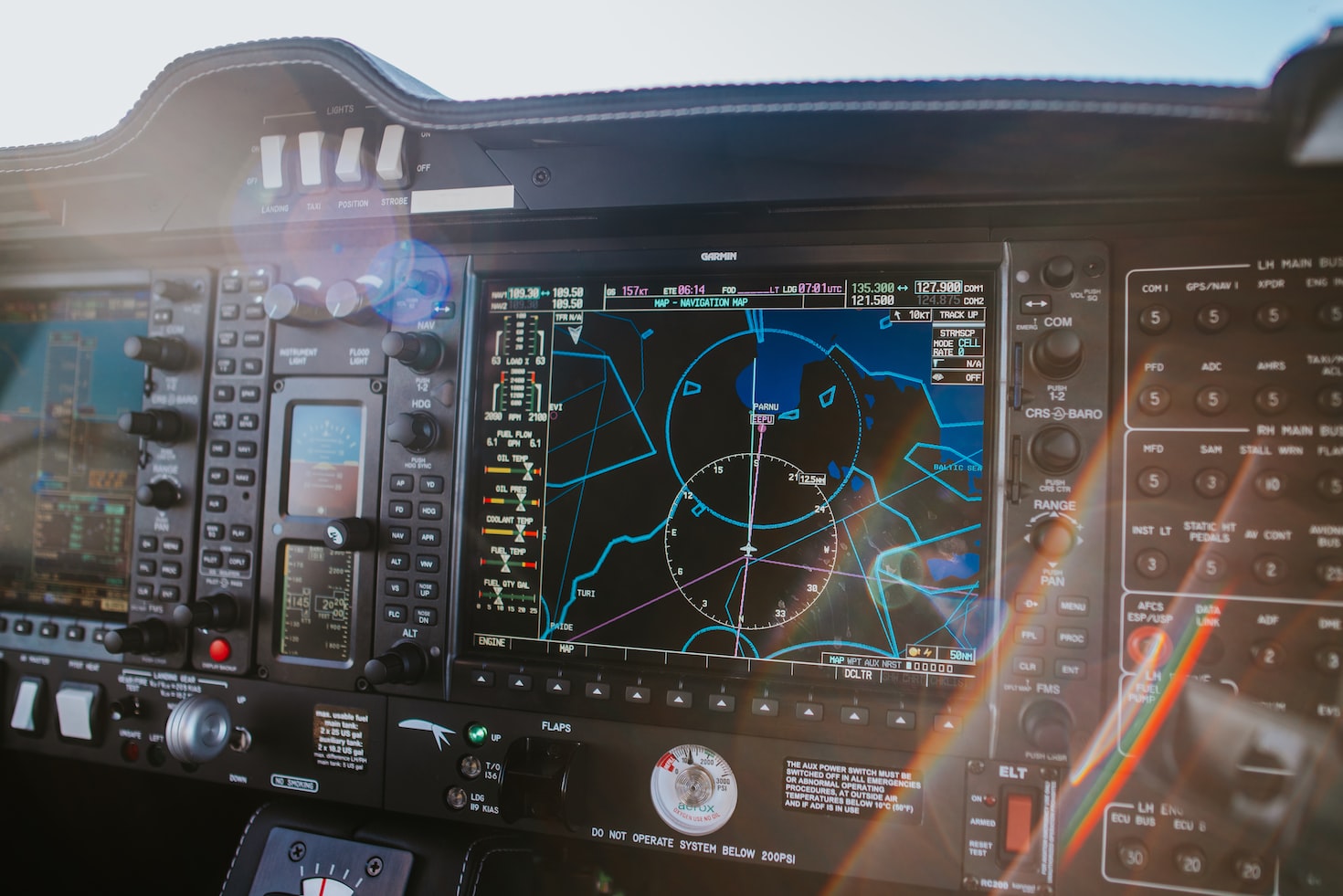Airport management is a complex field that involves a wide range of tasks, from ensuring the safety and security of passengers to managing airport facilities and coordinating with airlines and other stakeholders. One critical component of airport management is interior design, which involves creating comfortable and functional spaces for passengers. In this article, we will explore the importance of airport management and interior design and strategies for success.
Airport Management: The Key to Successful Airport Operations
Airport management is essential for the successful operation of airports. It encompasses a wide range of tasks, including managing airport staff, overseeing airport facilities, and coordinating with airlines and government agencies.
Airport managers must be skilled communicators and leaders, as they must work closely with airport staff, airlines, and other stakeholders. They are responsible for developing and implementing policies and procedures that ensure the smooth operation of the airport. Additionally, they must stay up-to-date with the latest industry trends and regulations to ensure compliance with local and federal laws.
Effective airport management is critical for the success of an airport. It can provide a seamless and enjoyable experience for passengers and airlines, leading to increased traffic and revenue. Conversely, poor airport management can lead to operational inefficiencies, safety concerns, and a negative public perception.
Interior Design: Creating Comfortable and Functional Spaces
Interior design is a critical component of airport management, providing strategies to create comfortable and functional spaces for passengers. These spaces can include waiting areas, retail shops, restaurants, and lounges.
Airport managers must work closely with interior designers to identify areas for improvement and develop strategies to enhance the passenger experience. This involves analyzing passenger behavior, identifying areas of opportunity, and developing design concepts that promote comfort and functionality.
Effective interior design strategies can provide significant benefits for airports and the surrounding communities. Strategies may include investing in comfortable seating, providing ample charging stations, and incorporating natural lighting and greenery into the design. Additionally, airport managers can work with retailers and restaurants to develop offerings that meet the needs of passengers.
However, effective interior design strategies must also take into account the challenges of airport operations. Strategies may include developing pricing strategies to maintain profitability, investing in technology to improve efficiency, and implementing customer service initiatives to improve the passenger experience.
Strategies for Success: The Role of Airport Management and Interior Design
Maximizing the benefits of interior design and addressing the challenges requires a coordinated effort between airport management and interior designers. Effective airport management is necessary to ensure that the airport is operating at peak efficiency, while interior design is necessary to create comfortable and functional spaces for passengers.
Airport managers and interior designers must work together to identify areas of opportunity and develop strategies to maximize the benefits of interior design. This may involve investing in new facilities and technology to support design concepts, implementing marketing and promotional strategies to attract new retailers and restaurants, or developing new service offerings to meet the needs of passengers.
In addition to maximizing the benefits of interior design, airport managers and interior designers must also address the challenges. This may involve developing new pricing strategies to maintain profitability, implementing new technology to improve efficiency, or investing in infrastructure to reduce congestion and delays.
Conclusion Airport management and interior design are critical components of the aviation industry. Effective airport management provides a foundation for successful airport operations, while interior design provides strategies to create comfortable and functional spaces for passengers. By working together, airport managers and interior designers can maximize the benefits of interior design while addressing the challenges, creating a positive and enjoyable experience for passengers and staff.

